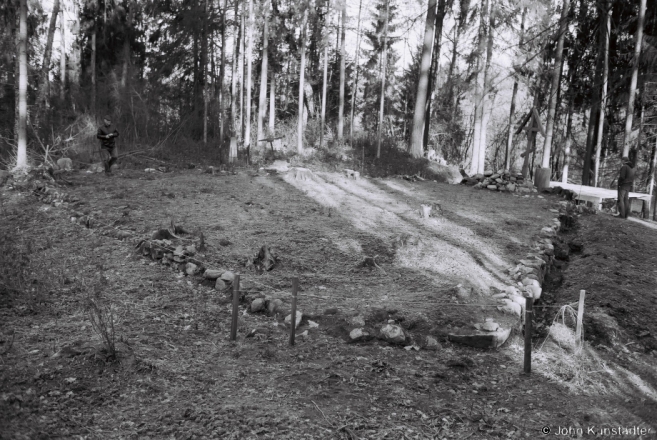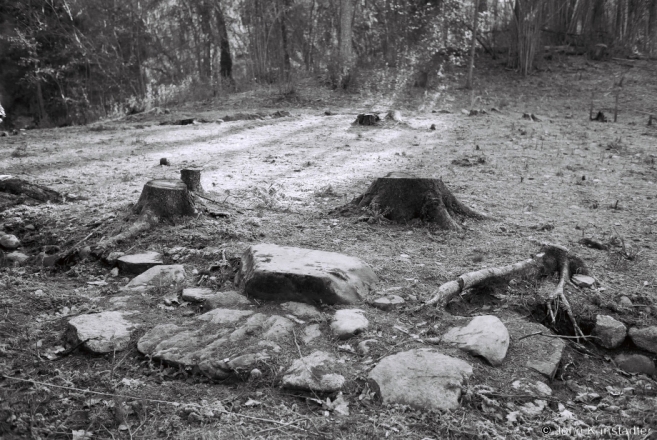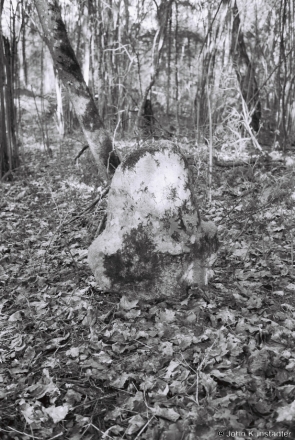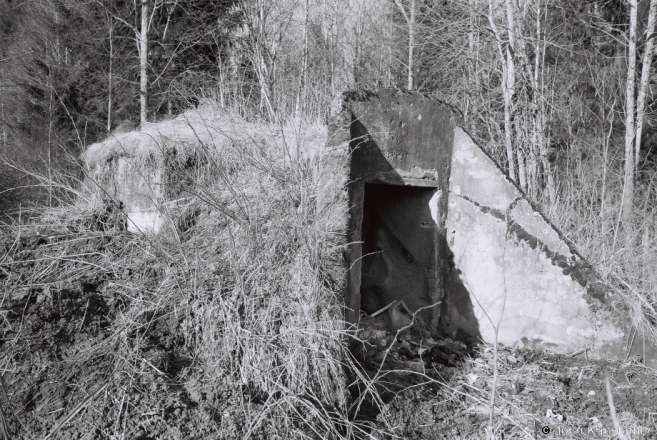April 2017 photo expedition to Vjaljejka, Mjadzjel and Pastavy Districts with Anton Astapovich, chairman of the Belarusian Association for the Preservation of Historic and Cultural Monuments (БДТАПГК). Part I/IV: Malyja Bjasjady, Starynki, Il’lja, Noviki, Pil’kaushchyna, Mjadzjel, Parehradz’, Man’kavichy.
Фотавандроўка ў красавіку 2017 г. з Антонам Астаповічам, старшынёй Беларускага дабраахвотнага таварыства аховы помнікаў гісторыі й культуры (БДТАПГК) па спадчыне Вялейскага, Мядзедьскага й Пастаўскага раёнаў. Частка I/IV: Малыя Бясяды, Старынкі, Ільля, Новікі, Пількаўшчына, Мядзел, Парэградзь, Манькавічы.
Malyja Bjasjady: active archeological site of the foundations of an 18th-century triangular Greek Catholic church. Triangular churches are exceptionally rare throughout Europe; aside from the remains of the Malyja Bjasjady church, the restored church of the Holy Trinity (originally Greek Catholic, now Orthodox) in Vjalikaja Svarotva is the only other known example of a triangular church in the Belarusian lands. See photos of the day for Feb. 17, 2016, Aug. 7, 2015 and March 25, 2014.
Малыя Бясяды: дзейныя археалагічныя раскопкі падмурак трохкутнай грэка-каталіцкай царквы 18-а ст. Трохкутныя храмы ўвогуле рэдкімі ў Еўропе. Апроч рэшткаў у Малых Бясядах, аднолькавая вядомая трохкутная царква ў Беларусі — адноўленая дзякуй рупліваму зьмаганьню набожчыка айца Георгія Сапуна царква Сьвятой Тройцы ў в. Вялікая Сваротва. Гл. таксама фотаздымкі дня 17 лютага 2016 г., 7 жніўня 2015 г. і 25 сакавіка 2014 г.
Traditional (archaic) Belarusian grave with head- and foot-stone and grave marked with a hewn-stone cross. See also photos of the day for December 7-8 and 16, 2014.
Архаічнае надмагільле ды каменны крыж на пагосце колішняй царквы. Гл. таксама фолаздымкі дня 7-8 і 16 снежня 2014 г.
Near Starynki: storage bunker of the Polish border guards (KOP) from the 1921-39 period when the western Belarusian lands were included in the Second Polish Republic and the border with the Belarusian lands under Soviet occupation ran near here.
Ля в. Старынкі: склад-бункер польскіх памежнікаў (KOP) міжваеннага перыяду, калі заходныя беларускія землі былі ў складзе Польскай Рэспублікі й мяжа з беларускамі землямі пад савецкай уладай праходзіла побач.




